The hard problem of consciousness is one which continues to dog philosophers and scientists alike. But recently, thinkers have restored to less conventional ways of discussing consciousness. In this article, Sam E. Greenberg explores the mystical effects of BDSM, and how it alters our states of consciousness.
For centuries, cultures across the world have engaged in extreme ritual practices as a means of achieving spiritual and transcendent states. These extreme rituals typically incorporated pain, suffering, intense physical stimulation, or deprivation and played an important cultural role. BDSM - bondage and discipline, dominance and submission, sadism and masochism is a modern day practice that bears similarity to extreme rituals practiced across history and cultures. BDSM involves the consensual exchange of power, bondage, or pain usually with the intent to create pleasure or other positive experiences for participants. It is a common misconception that BDSM is always an explicitly sexual practice, an idea resoundingly rejected by practitioners. Rather, BDSM is any activity that involves an intentional and consensual exchange of power and/or pain, humiliation, physical or psychological restraint, or other intense sensations with the intention of experiencing pleasure or desirable sensations.
___
That BDSM can have a sacred, spiritual, or ritualistic component is commonly accepted in the BDSM community.
___
A search for the term “spiritual” on Fetlife.com, a popular website for BDSM practitioners, yields 631 related results for groups and forums. BDSM practitioners also widely recognize BDSM’s capacity to facilitate altered states of consciousness. These altered states are known colloquially known as “sub-space” and “top-space.” The term “sub-space” refers to the altered state or states of consciousness experienced by a BDSM “bottom,” someone who is the recipient of pain, humiliation, restraint, or intense sensations within a BDSM interaction. Likewise, the term “top-space” refers to the altered state or states experienced by a BDSM “top,” someone who is the wielder of power or administrator of pain, humiliation, restraint, or intense sensations within a BDSM interaction.
In Easton and Hardy’s The New Bottoming Book, they described sub-space in the following way:
Many bottoms talk about…a kind of altered consciousness in which their relationship with their own minds, with their partners, and/or with the outside world becomes in some way different.
In The New Topping Book, Easton and Hardy described top space as containing elements of empathy, creativity, bigness, nurturing, control, bullying, competence and self-knowledge. They described top space as a “‘contact high,’ the turn-on we feel in empathy with the bottom's response to the physical, emotional and sexual intensity of the scene. One top describes this feeling as getting to surf the bottom's sensations.”
 SUGGESTED READING
The selfish myth driving modern economics
By Paul Deutchman
SUGGESTED READING
The selfish myth driving modern economics
By Paul Deutchman










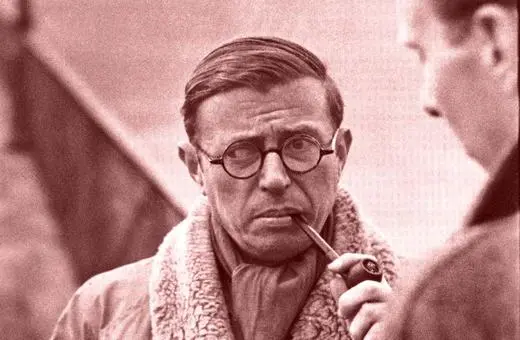
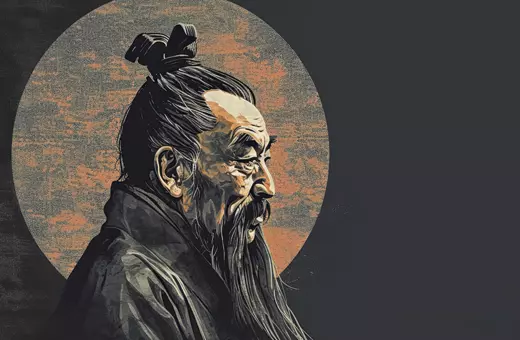

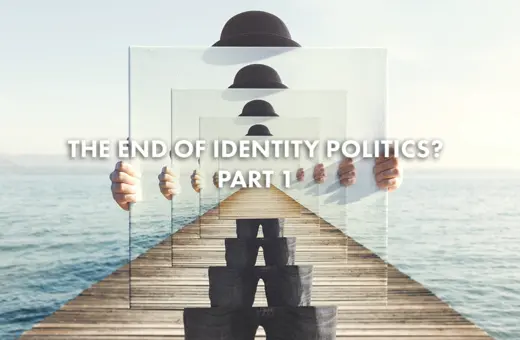



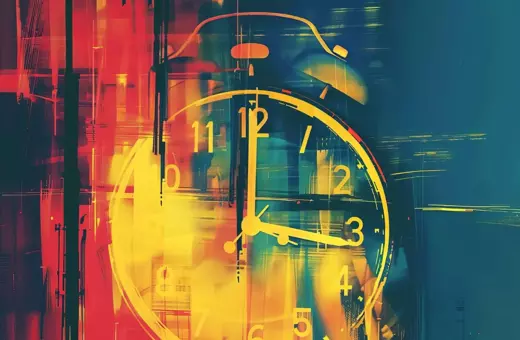


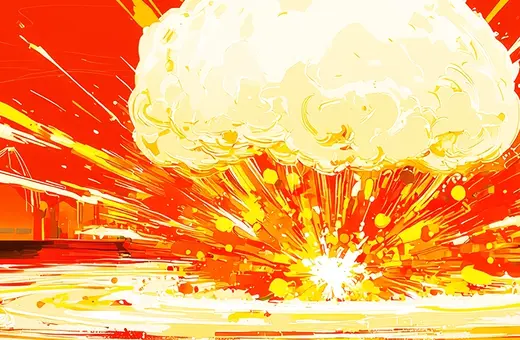
Join the conversation